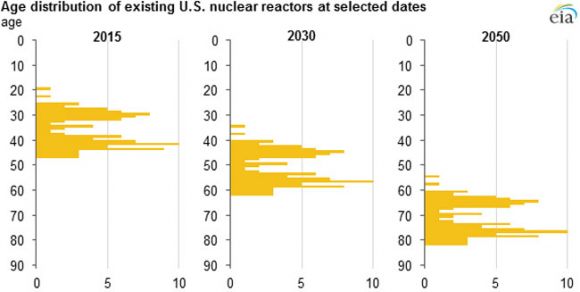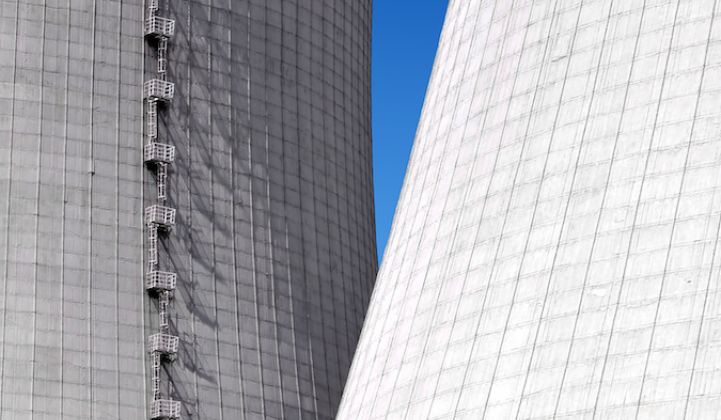The U.S. Department of Energy issued a loan guarantee solicitation for $12.5 billion on Wednesday for innovative nuclear energy projects.
The solicitation comes on top of $8 billion for advanced fossil energy projects announced last December, $4 billion for renewables issued earlier this year and $6.5 billion for two nuclear reactors in February, the first new nuclear to be built in the U.S. in about 30 years.
“With $40 billion of loan guarantee authority available to advance our all-of-the-above energy strategy, the Department’s Loan Programs Office has an opportunity to replicate its past successes, supporting innovative clean energy technologies that bring the U.S. closer to a low-carbon future,” said DOE Secretary Ernest Moniz in a statement.
The solicitation this week is for eligible projects that employ “new or significantly improved technology as compared to commercial technology in service in the United States.”
On the front end of the nuclear fuel cycle, there are $2 billion for projects that provide innovation in the areas of uranium conversion, uranium enrichment or nuclear fuel fabrication.
The rest of the money will go to nuclear power facilities, including state-of-the-art design reactors, small modular reactors that are 300 megawatts or smaller, and upgrades to make plants more efficient or for improvements that would allow reactors to continue operating.
The U.S. Energy Information Administration recently reported that nearly all U.S. nuclear plants would require a life extension beyond 60 years to operate beyond 2050.

Although Secretary Moniz has been touting small modular reactors in recent years, it was a traditional design that received millions of dollars in DOE support earlier this year.
The Alvin W. Vogtle Electric Generating Plant in Georgia will house a pair of 1,100-megawatt Westinghouse AP1000 third-generation pressurized water reactors. The technology is not that different from what has been built in decades past. However, if there were a failure similar to what happened at Fukushima, human intervention would not be required to shut down a reactor.
The potential projects will have to be under the Nuclear Regulatory Commission’s licensing review, at least in the pre-application phase. That could help to solve some aspects of the chicken-and-egg problem that has so far delayed investment in small modular reactors (SMRs) in the U.S.
Earlier this year, Westinghouse scaled back work on its 225-megawatt small modular reactors as it awaits design certification clarity from regulators. If a significant portion of the money goes to SMRs, it could be a big boost. The industry has already received about $450 million from the DOE, which thinks the smaller reactors can be built more cheaply and rapidly, and with superior safety measures.
The solicitation suggests that more innovative applications, rather than just tweaks to existing nuclear technology, are what the DOE is looking for. “DOE will look favorably on Eligible Projects that will have a catalytic effect on the commercial deployment of future Advanced Nuclear Energy Projects,” the solicitation states.
The first deadline for Part 1 applications is March 18, 2015, followed by a series of rolling deadlines approximately every six months.



